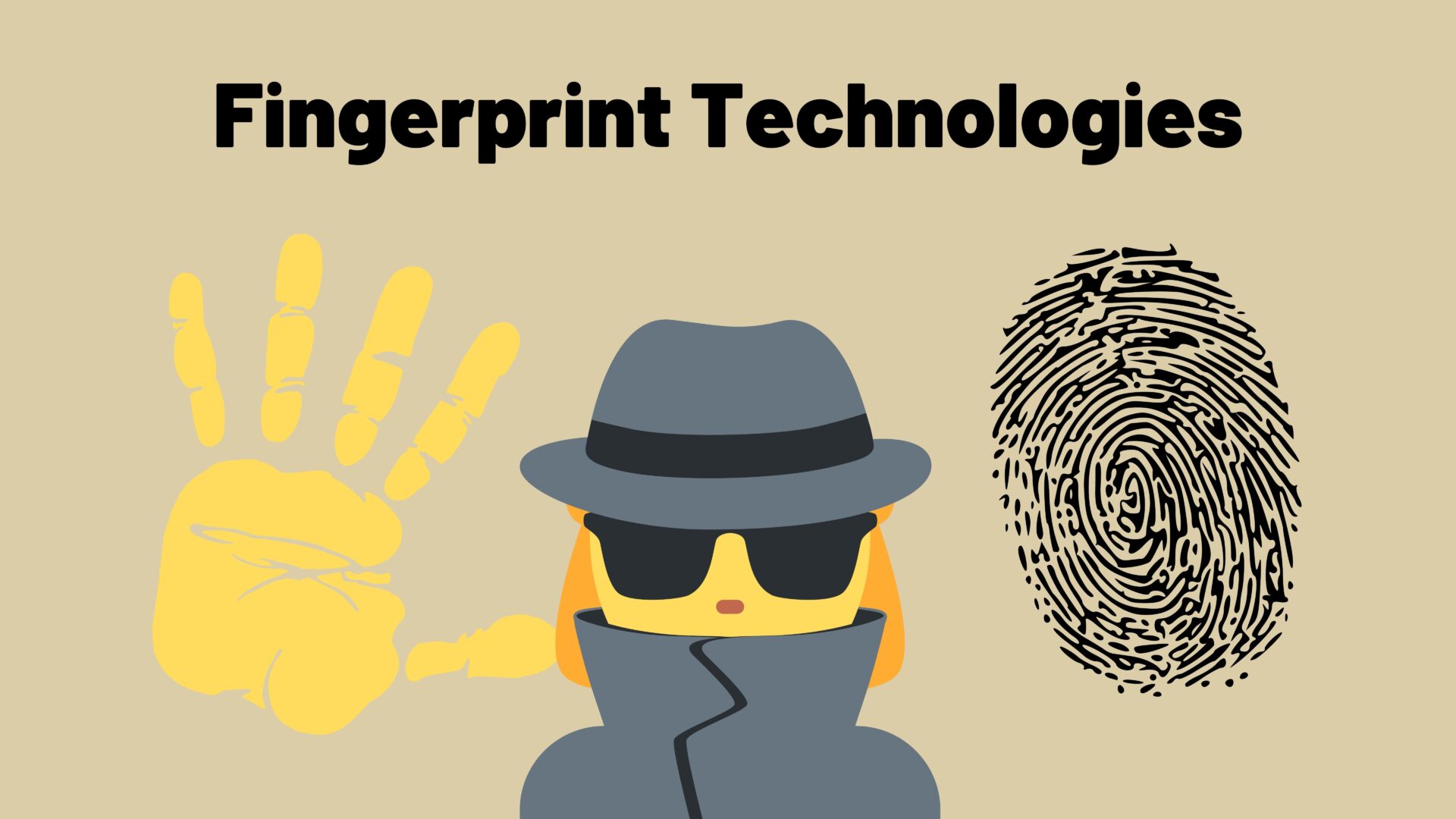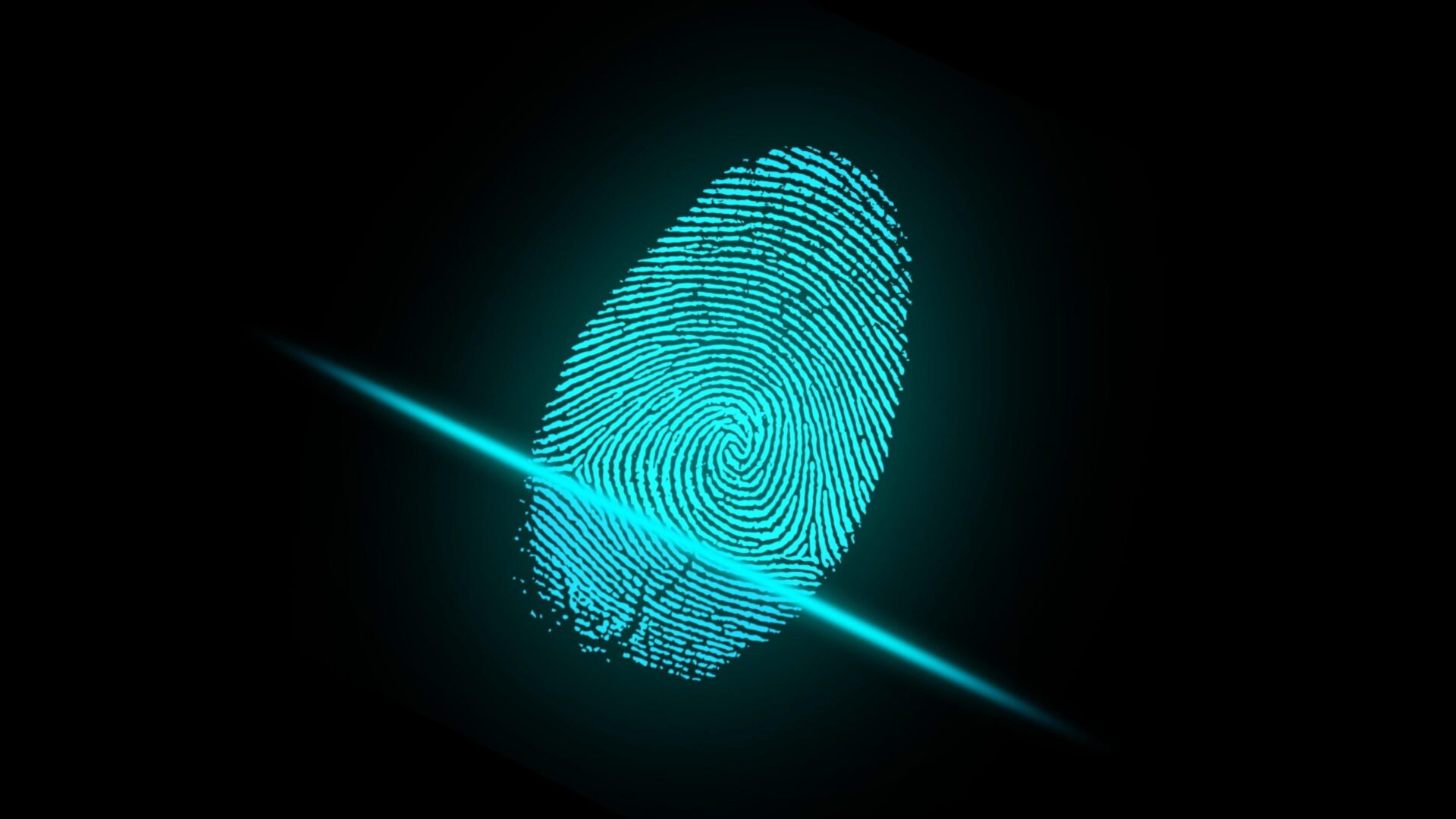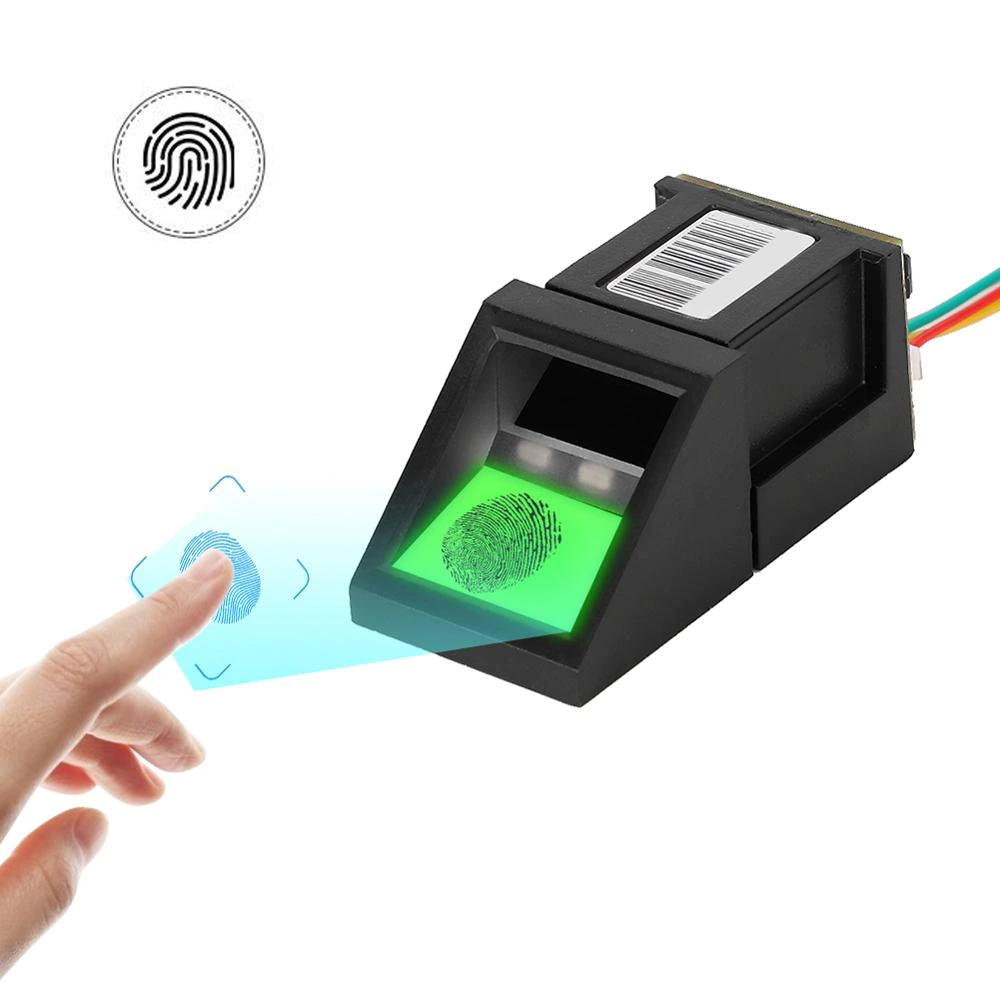After years of rumors and leaks, smartphones with fingerprint scanners under the display are finally here. It is the next big thing in the smartphone market, it looks and feels futuristic. Apart from the looks, is the Fingerprint Technologies any good? How do fingerprint technologies compare to each other?
Human fingerprints are actually very unique and no two people will have the same fingerprint, even identical twins will have slightly different fingerprints. So, having a fingerprint lock to protect the personal information on our phones is a really good idea.
How Do Fingerprint Technologies Work?
Fingerprint scanners work by capturing the pattern of valleys and ridges on your finger. The fingerprint information is then processed by pattern analysis of the phone and matching software. The software compares it to the list of already registered fingerprints on the smartphone. If a successful fingerprint match is found, your identity will be verified, and you can unlock the phone.
How Many Types of Fingerprint Technologies are There?
There are actually 3 types of fingerprint scanners commonly used in phones. We will explain each of them.
Optical Fingerprint Scanner
As the name suggests, the optical fingerprint scanners use a light source usually an LED to illuminate the finger. The reflected light is captured by a light-sensitive microchip to copy the digital image of your fingerprint.
The major drawback is that it can easily be fooled with a high-resolution photograph of your fingerprint. Also, it is bulky. Most modern smartphones do not use optical sensors. It was first used in Pantech Gi 100, which was launched way back in 2004, but since then it was slowly passed out.
Optical Display Fingerprint Scanner
Synaptics introduced a new type of optical in-display finger scanner at CES 2018. It is now being used in a bunch of Chinese smartphone brands like OPPO, Vivo, and Huawei. The optical display fingerprint scanner is much smaller but works exactly like the normal optical sensor.
The only difference is, that the sensor is actually placed under the display, and the display itself acts as the light source to illuminate the finger. When the phone is unlocked, we see the cool lights animations on the screen.
The main advantage of this optical display fingerprint scanner is that it can be placed anywhere under the phone screen or if required the whole screen can be used as a fingerprint scanner. This technology works well even with wet fingers.
It sounds futuristic, but it has a few major flaws though. It works with OLED screens and does not work with LCDs. This is because LCD screens do not allow light to pass through them, but for the optical scanner to work, light has to actually pass through the screen and reach the fingerprint scanner placed below it.
Another potential issue is that the optical display fingerprint scanner does not work well with screen protectors. So, you might have trouble finding one that will work. Also, if the phone’s display is damaged it would cost more to repair since the optical display scanner is now integrated with the display.
Capacitive Fingerprint Scanner
This scanner is one of the most commonly used fingerprint technologies in recent smartphones. A capacitive fingerprint scanner takes advantage of the fact that human skin is a good conductor of electricity.
The capacitive fingerprint scanner is actually made up of an array of capacitors. When we touch the fingerprint scanner, the capacitors are charged, but this happens only at the ridges, and the capacitors below the valleys remain uncharged. The advantage of a capacitive fingerprint scanner over optical ones is that it cannot be easily fooled using just a photograph of the fingerprint.
Also, it is faster and more accurate, but the capacitive scanner also has a few problems. A capacitive fingerprint sensor requires a clean finger to work properly, as something like sweat or dust can affect the conductivity of the finger. It is costlier and does not work when placed under the screen. It is also not completely secure and can be unlocked by using a mould of our finger.
Ultrasonic Fingerprint Scanner
The ultrasonic scanners are the newest technology in in-display fingerprint technologies. Ultrasonic fingerprint technology uses ultrasound to scan and capture the 3D fingerprint data.
This generates a highly-detailed 3D surface map of the fingerprint, which is extremely difficult to imitate or spoof. There is virtually no limitation to where the scanner be placed inside a smartphone.
As it can work even when placed under a glass screen, metals or even plastics. It also works well with common contaminants like dust, sweat and hand lotion to create a more accurate scan than capacitive scanners.
The ultrasonic scanner is currently only in the prototype stage and is being tested by Qualcomm for use in mobile devices. Also, it is rumored to be featured in the upcoming Samsung Galaxy S or Note series.
Which Future Technologies is the Best?
Here is the thing, the under-display fingerprint technology is not quite there yet. It is not as consistent as a normal capacitive scanner and is also considerably slower, but it is a relatively new technology and as more companies start to implement this tech, it will be perfected in the next couple of years, or maybe sooner.
What do you think about the Fingerprint Technologies? Which one do you like the most?









